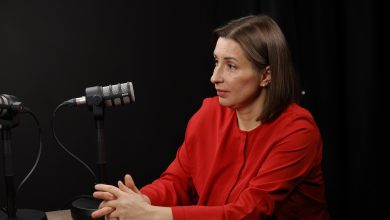The European Commission Sued by NYT for Refusing to Publish the Correspondence between Ursula von der Leyen and Pfizer Chairman

The American publication The New York Times (NYT) sued the European Commission for refusing to make public the correspondence between the head of the institution, Ursula von der Leyen, and Pfizer chairman Albert Bourla. The lawsuit was filed on January 25, and the relevant information was published on February 13 in the register of the Court of Justice of the European Union, according to Politico.eu.
According to the source, the NYT considers that the European Commission has a legal obligation to provide access to the messages which could contain the information regarding the agreements between the EU and Pfizer to spend billions of Euros for COVID-19 vaccine doses. However, the media institution refused to provide a comment about the file to Politico: “The Times files many freedom of information requests and maintains an active docket. We can’t comment at this time on the subject of this lawsuit.”
On the other hand, Brussels affirms it cannot and has no legal obligation to retrieve the correspondence, which has caused a harsh response from the European Union (EU) ombudsman in June, according to The Telegraph. Emily O’Reilly launched the inquiry after a Netzpolitik.org journalist was denied access to these messages. Following the enquiry, she states that the commission did not explicitly ask Ursula von der Leyen’s office to search for the messages, which the EU executive claimed may have been deleted because of their “short-lived, ephemeral nature.”
A NYT analysis demonstrates that, in the midst of the pandemic, when Astra Zeneca announced production problems related to anti-COVID-19 vaccines, Ursula von der Leyen negotiated with Albert Bourla, Pfizer chairman, via phone messages to conclude a long-term vaccine delivery agreement. This step was regarded as an intention to restore confidence in the European Commission president’s ability to manage the coronavirus pandemic crisis, the NYT concludes.


